Statistics from the Vietnam Maritime Administration show that in 2024, the volume of goods passing through Quang Ninh seaport will reach 149.54 million tons, with an average growth rate of 9.02% per year in the 2020-2024 period. Of which, the goods passing through the port are mainly dry and bulk cargo reaching 144.04 million tons (accounting for 96.3%), liquid cargo reaching 5.23 million tons (accounting for 3.5%) and container cargo reaching 0.26 million tons (accounting for 0.2%). The volume of goods mainly passing through buoy berths and transshipment areas accounts for 80.9%, through hard berths accounting for 19.1%.
Also during this period, the number of seagoing vessels achieved an average growth of 126.4%. The average tonnage for an international voyage is about 30,000 tons, with a trend of decreasing the size of small vessels and increasing the number of large vessels arriving at Quang Ninh seaport.
Up to now, Quang Ninh seaport has received the largest ship with a capacity of 120,000 tons at Hon Net - Cam Pha anchorage area. General cargo, container, and bulk ships with a capacity of up to 85,000 tons are offloaded at the wharf.
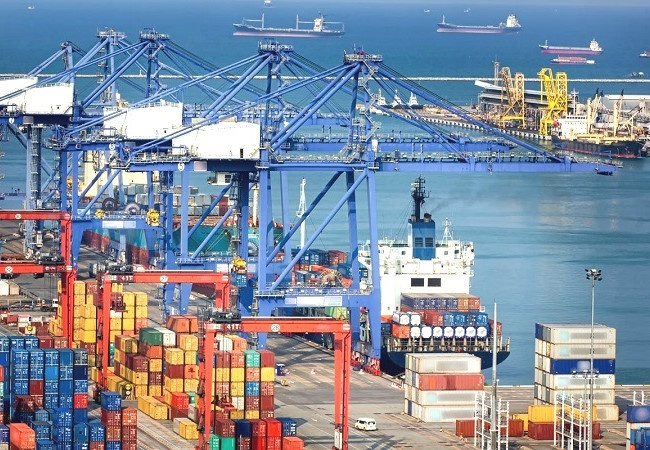 |
| Illustration |
Up to now, Quang Ninh seaport has 34 hard wharves with a total length of nearly 7,000m. Of which, there are 29 general, bulk, container, liquid cargo, passenger wharves with a total length of 5,591.2m, 5 shipyard wharves with a length of 1,371m and 186 buoys, anchorage points for transshipment and storm shelters.
The maritime route system here is quite diverse. In particular, the Hon Gai - Cai Lan maritime route has a total length of 32.57km, a width of 120-240m, and a turning basin with a diameter of 350m (some sections take advantage of natural depth).
The Chanh River navigation channel has a total length of 13.2km, a width of 80m, and a bottom elevation of -1.8m (nautical chart system). The Van Gia navigation channel has a total length of 9.2km, a width of 120m, and a bottom elevation of -6m. The dedicated navigation channel to Cam Pha coal port has a total length of 38.4km, a width of 110-120m, a bottom elevation of -7.4m to -11m (some sections take advantage of natural depth) and a turning basin with a diameter of 400m.
At Quang Ninh seaport, there are also specialized shipping routes to Cam Pha Cement Factory Port, shipping routes to 500-ton bridge - B12 petroleum port, specialized shipping routes to Thang Long Thermal Power Plant Port and specialized shipping routes to Cai Lan petroleum port.
The infrastructure connecting to the seaport is quite diverse. Of which, there are 8 national highways and 2 expressways with a total length of 633.07km connecting the main port areas such as Cai Lan port area, Yen Hung port area, Cam Pha port area, Van Gia port area and Mui Chua port area.
In Quang Ninh province, there is also a national railway line, Kep - Ha Long, connecting to Cai Lan port area. However, currently, because the entire line has not been opened, it has not been effective.
In addition, there are also main waterway routes including Quang Ninh - Hai Phong - Viet Tri (Duong River), Quang Ninh - Ninh Binh (via Lach Giang estuary) and intra-provincial routes such as: Mong Cai - Van Don - Cam Pha, Cam Pha - Ha Long, Tai Xa - Mui Chua, Mong Cai River, Chanh River, Sau Dong - Tien Yen, Ha Long - Yen Hung, Van Don - Co To...
According to the Maritime and Waterways Department, the province's inland waterway system currently connects to all wharves, ports and islands. The proportion of goods passing through inland waterways accounts for about 50% of the total volume of goods passing through the port, mainly dry cargo.
In addition, Van Don International Airport, which was put into operation at the end of 2018, has also become a hub for passenger transport and a transit and freight transport hub for the region, attracting tourists to Quang Ninh.
According to the detailed plan, by 2030, Quang Ninh seaport aims to handle 137.25 million to 157.3 million tons of cargo (0.65 million TEU to 0.93 million TEU of container cargo). Passenger throughput will range from 260,300 to 279,600 passengers.
Regarding infrastructure, the regional seaport will have 27-30 wharves, including 54-60 wharves with a total length of 12,285-13,616m (excluding other ports). By 2050, the seaport will meet the demand for goods with an average growth rate of 5%/year to 5.3%/year.
The infrastructure will develop a highly competitive Quang Ninh seaport system with a regional and international brand. At the same time, it will fully and effectively meet the socio-economic development needs of the province, firmly ensure national defense and security, and contribute to building Quang Ninh province as one of the sea gateways of the region.
Total land use demand according to the planning until 2030 is about 1,755.2 hectares (not including areas for developing industrial parks, logistics... associated with the port). Total water surface demand is about 115,136.1 hectares (including other water areas within the management scope without maritime works).
During this period, the investment capital requirement is about VND 34,578 billion, including the investment capital requirement for public maritime infrastructure of about VND 6,300 billion and the investment capital requirement for ports of about VND 28,278 billion (including only ports providing cargo handling services).
The draft plan also identifies a number of priority investment projects for regional seaports, such as infrastructure serving maritime safety, including storm shelters, maritime traffic monitoring and coordination systems (VTS); investment in the construction of public service wharves, and facilities serving specialized state management tasks.
At the same time, invest in construction, renovation and upgrading of maritime routes such as the access routes to ports in Cam Pha area and Hon Net transshipment area for ships up to 200,000 tons; Hon Gai - Cai Lan route for ships up to 50,000 tons; Song Chanh route for ships up to 50,000 tons; Van Gia route for ships up to 20,000 tons. In addition, invest in ports in Cam Pha, Yen Hung, Van Ninh, Hai Ha port areas. In particular, research and invest in ports in Mui Chua, Van Don in accordance with the socio-economic development needs of the locality.
Source: https://thoibaonganhang.vn/quang-ninh-se-co-tu-27-30-ben-cang-ha-ng-hoa-thong-qua-gan-160-trie-u-tan-161902.html

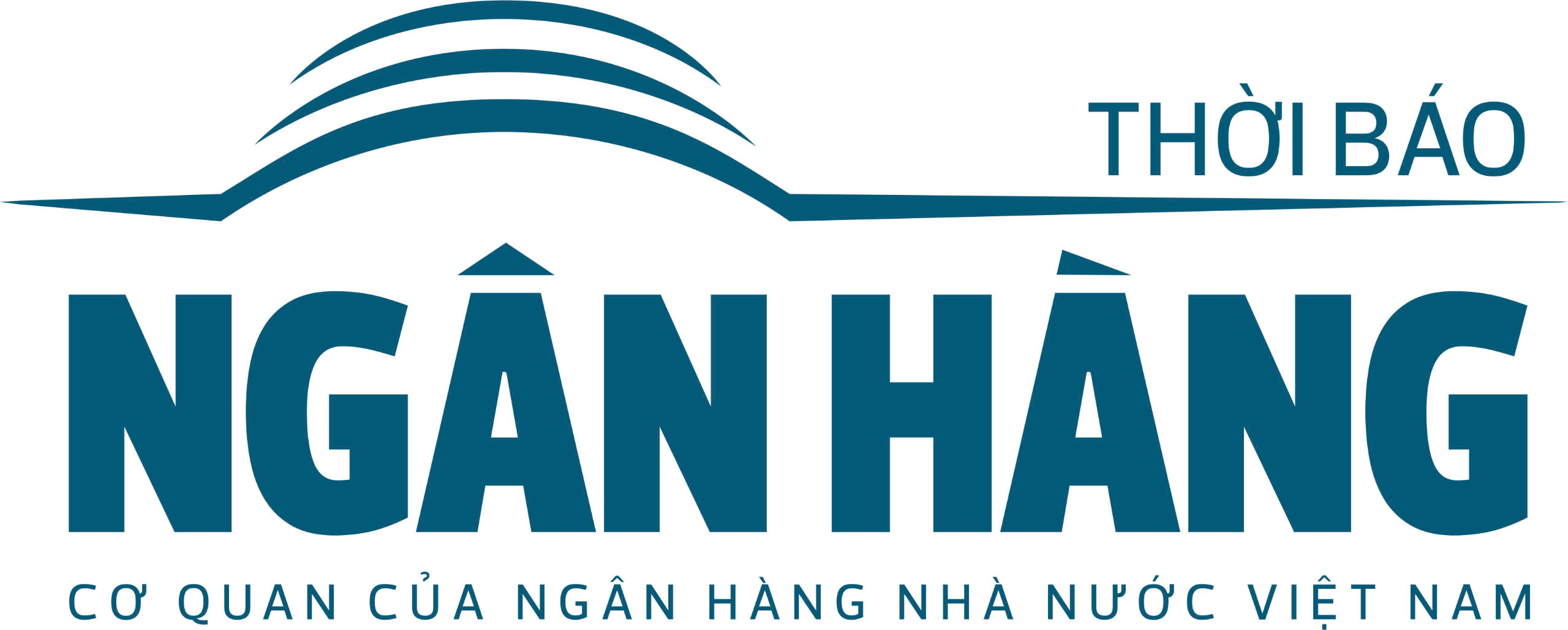


![[Photo] General Secretary To Lam receives Russian Ambassador to Vietnam](https://vstatic.vietnam.vn/vietnam/resource/IMAGE/2025/4/2/b486192404d54058b15165174ea36c4e)
![[Photo] Third meeting of the Organizing Subcommittee serving the 14th National Party Congress](https://vstatic.vietnam.vn/vietnam/resource/IMAGE/2025/4/2/3f342a185e714df58aad8c0fc08e4af2)




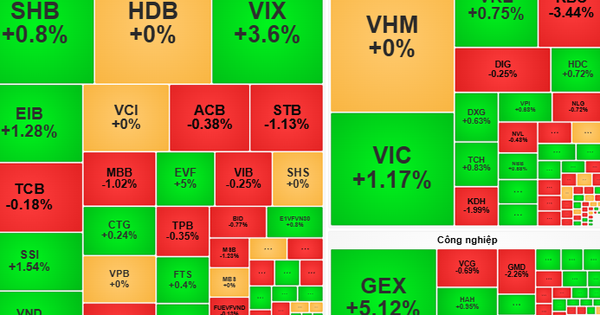


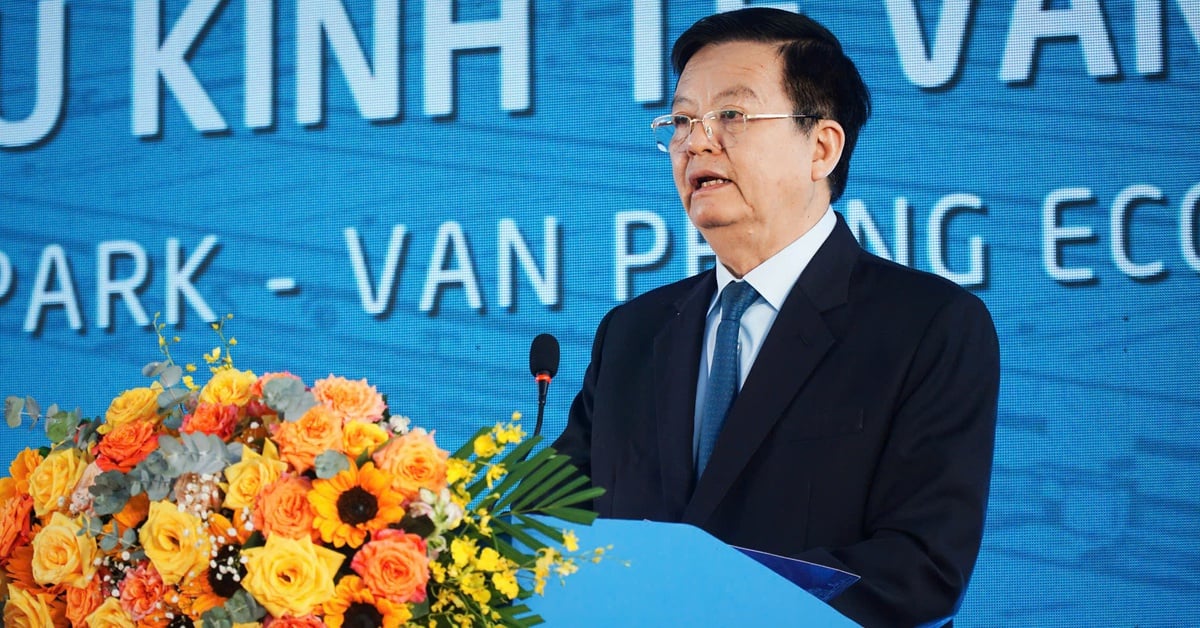






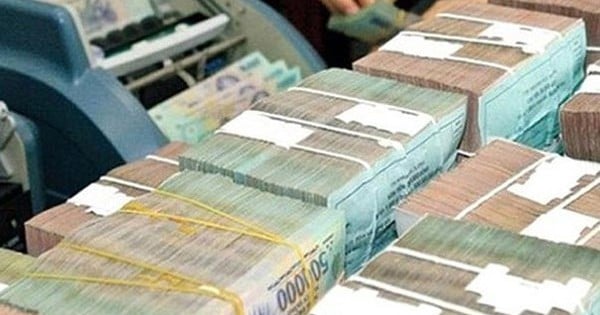


![[Photo] Relatives of victims of the earthquake in Myanmar were moved and grateful to the rescue team of the Vietnamese Ministry of National Defense.](https://vstatic.vietnam.vn/vietnam/resource/IMAGE/2025/4/2/aa6a37e9b59543dfb0ddc7f44162a7a7)













































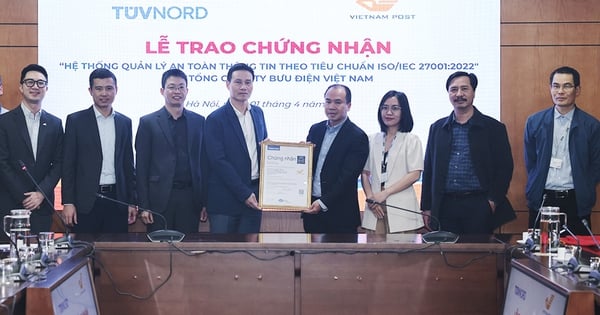


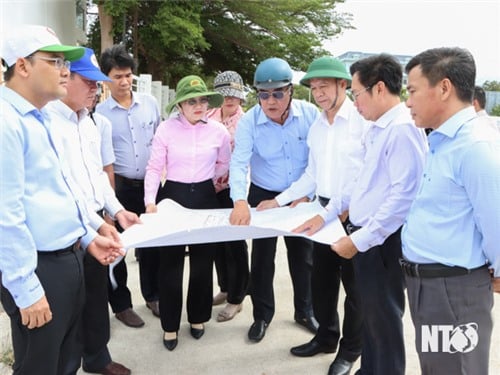





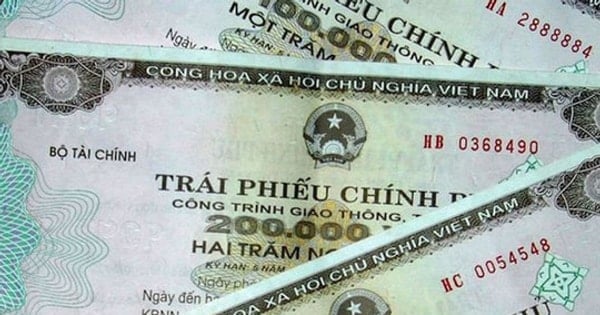

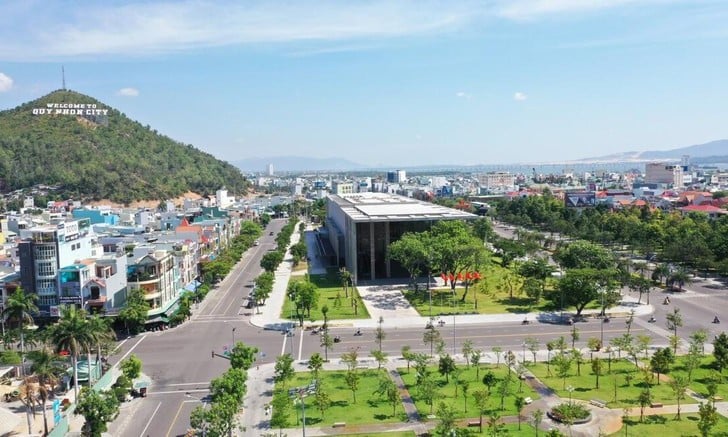












Comment (0)